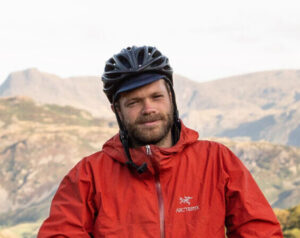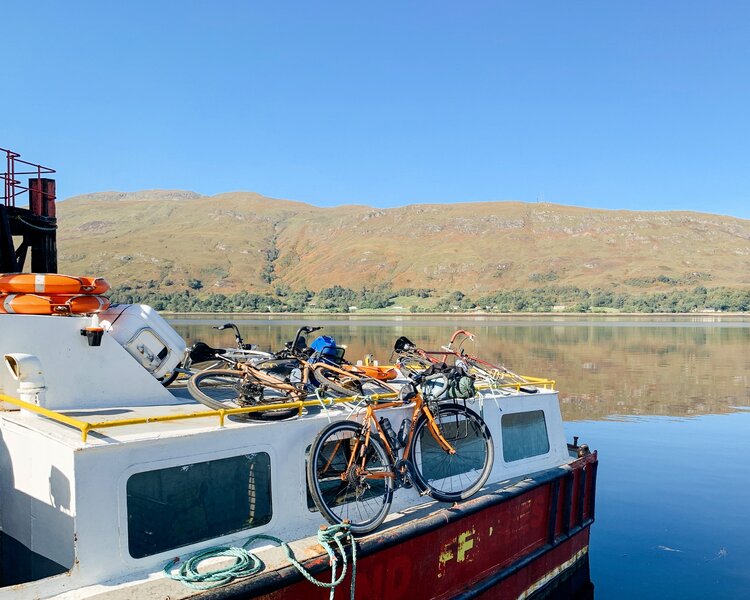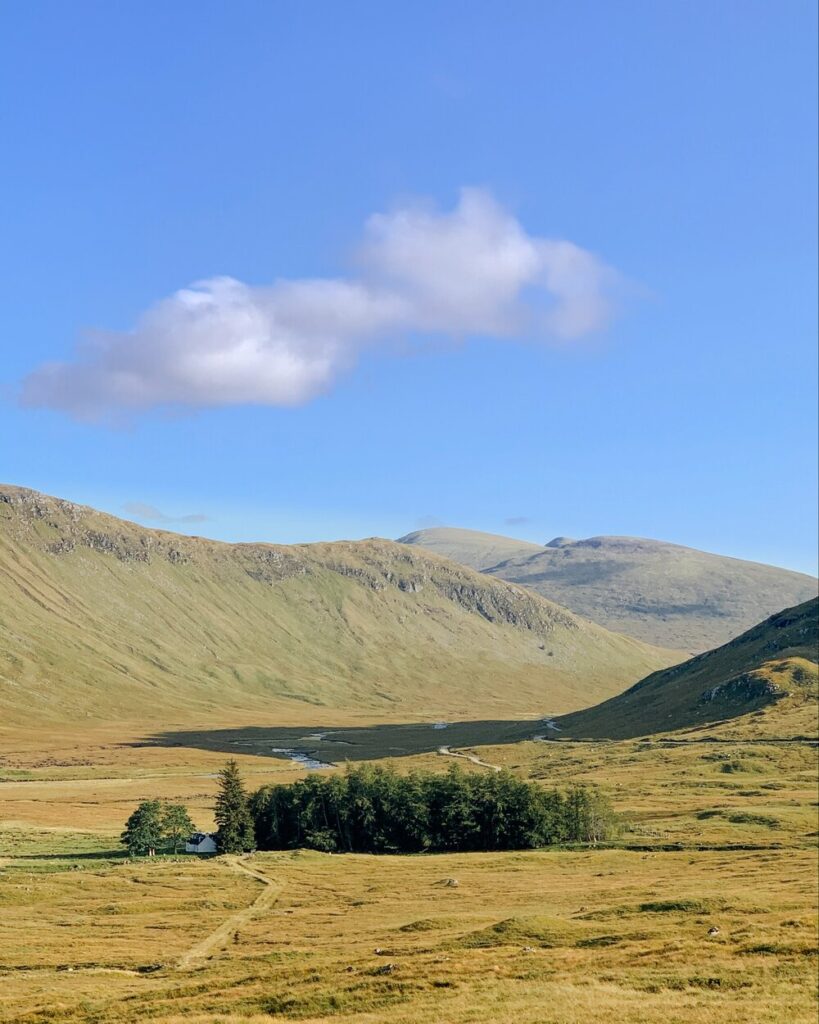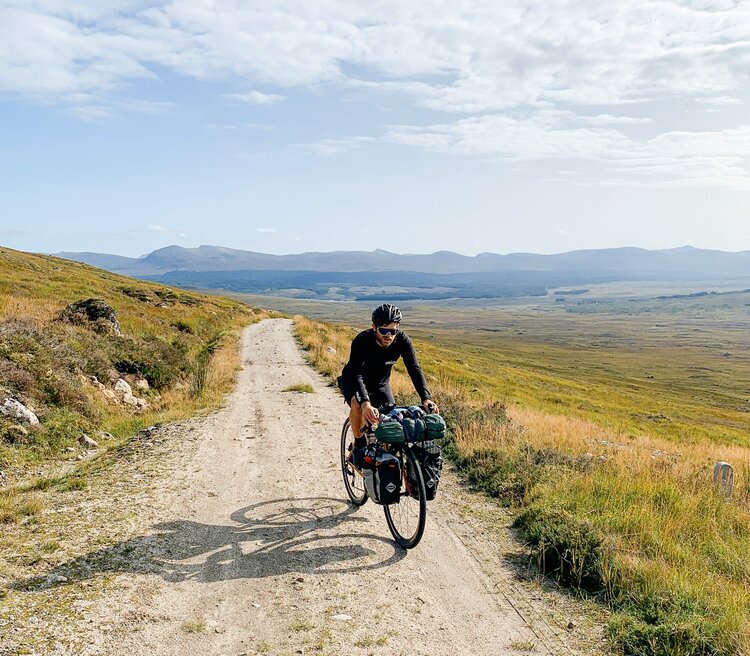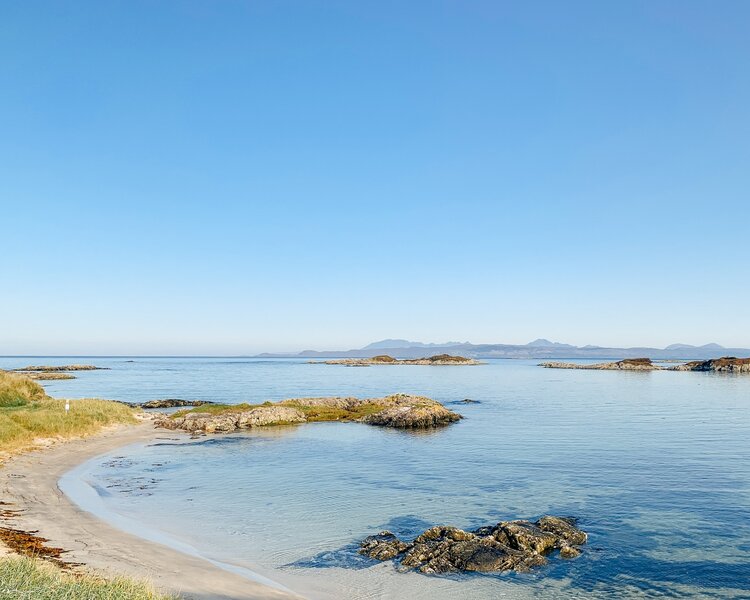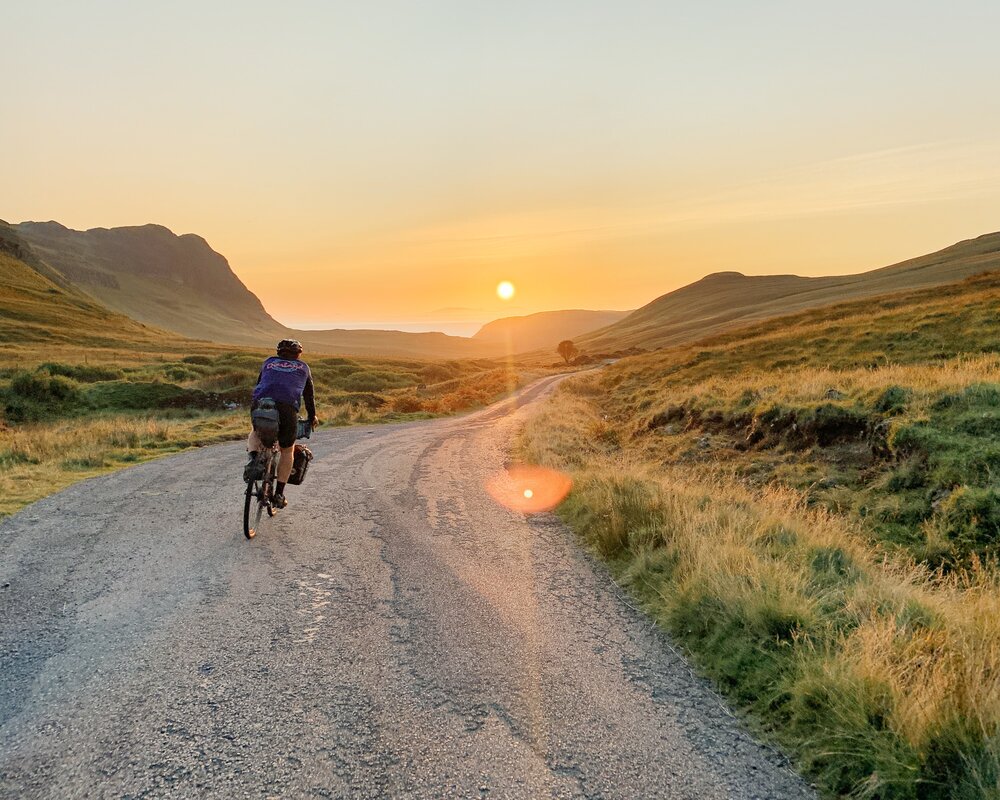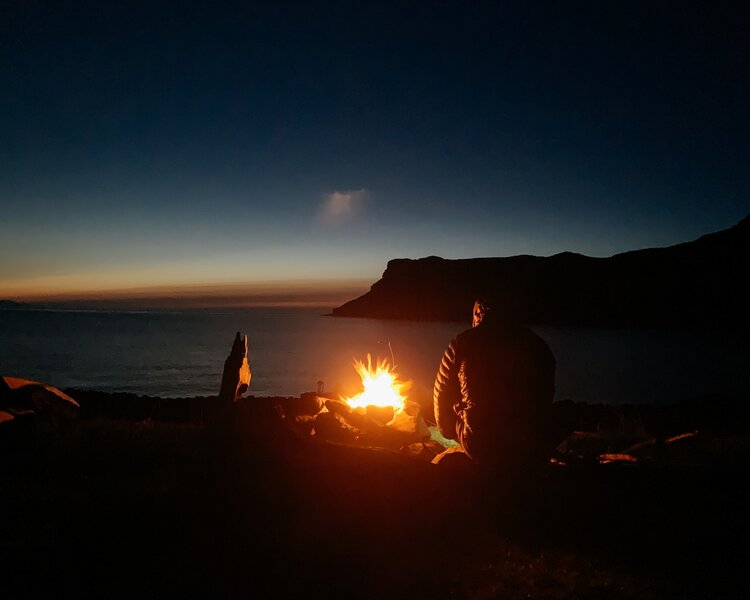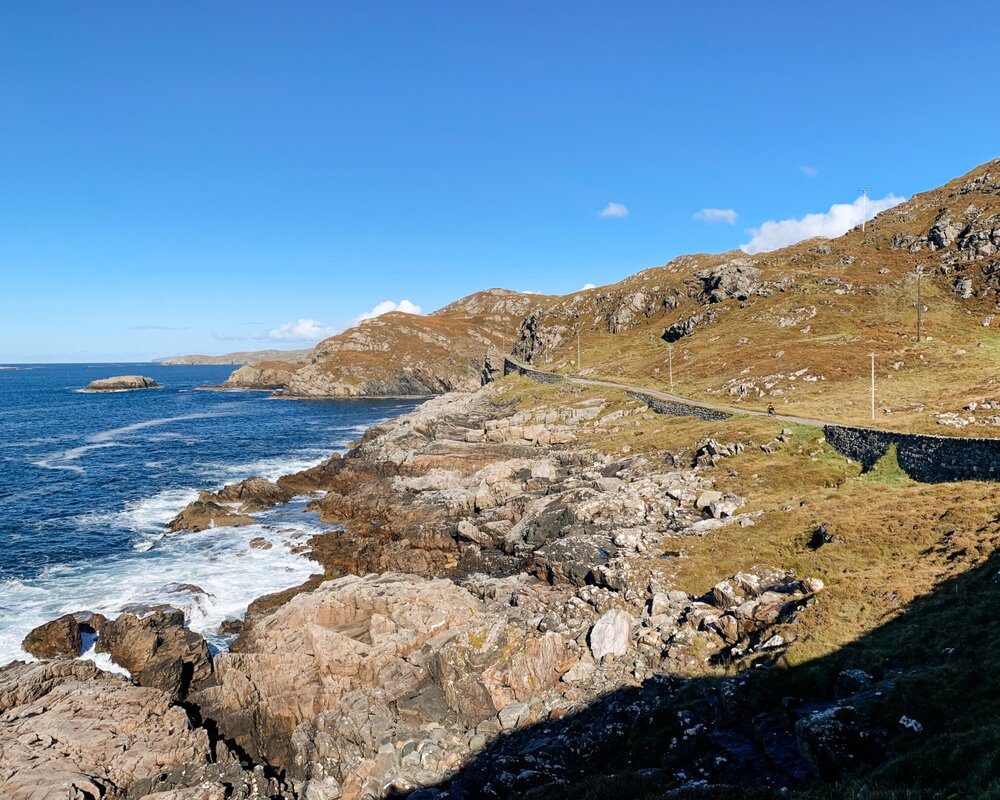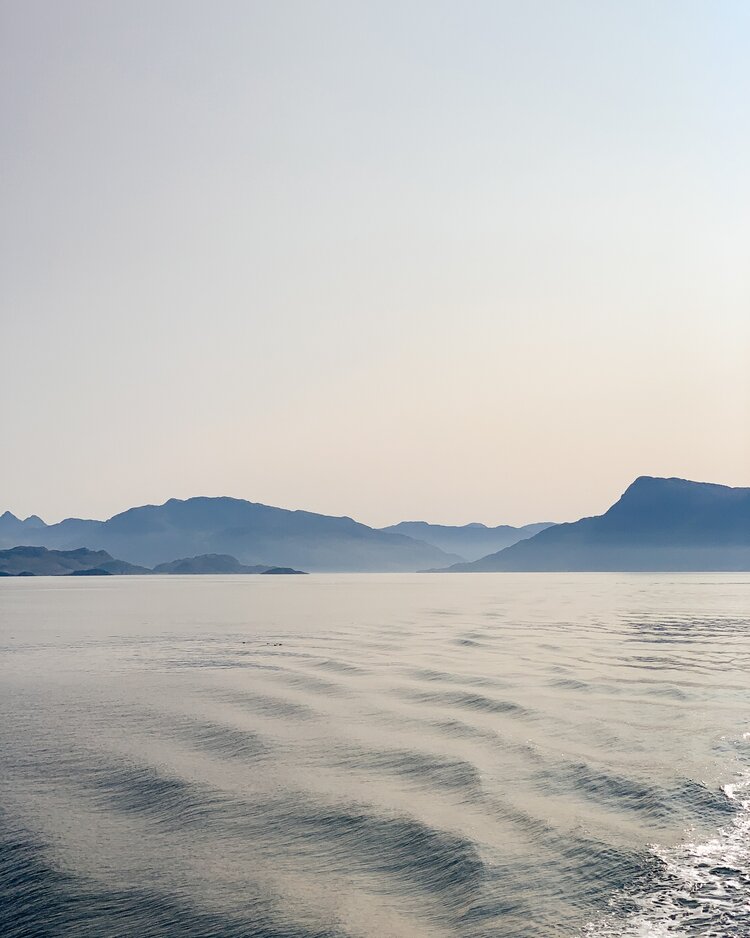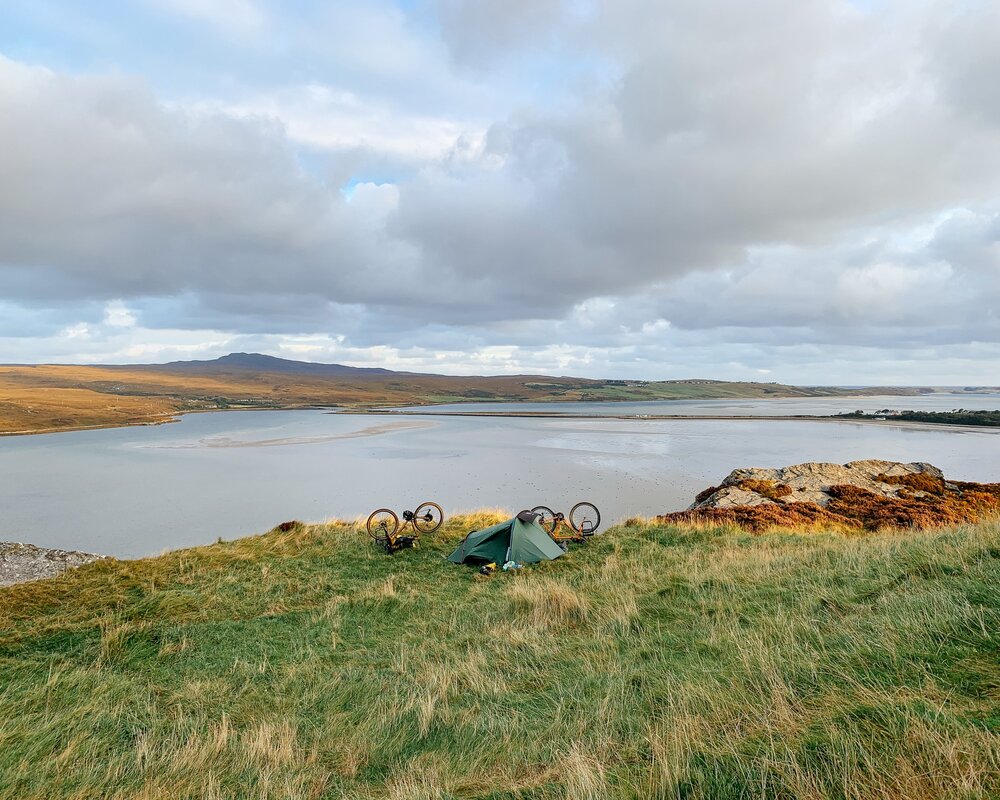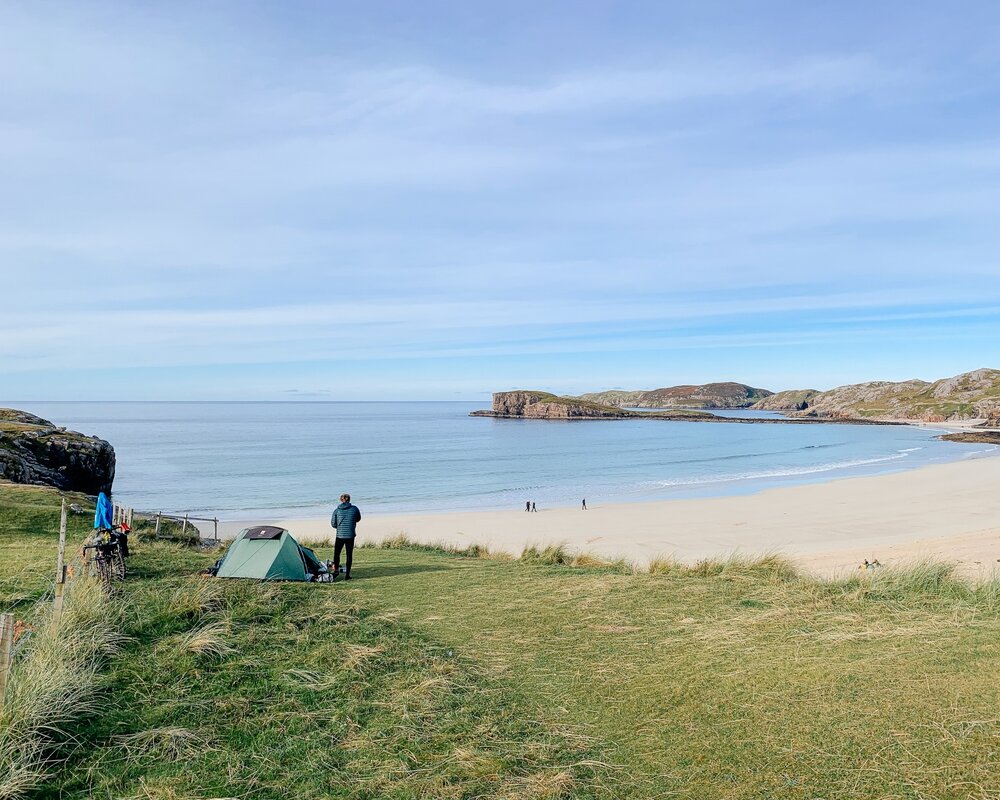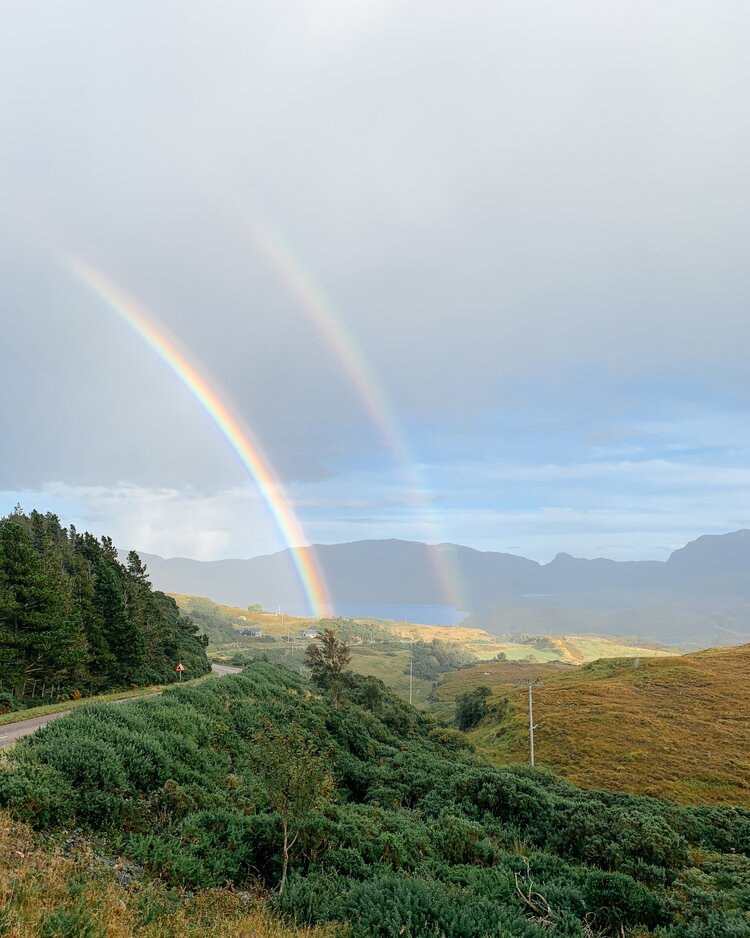Home Story North By North West: Bikepacking Scotland’s Western Isles
North By North West: Bikepacking Scotland’s Western Isles
Feature type Story
Read time 11 min read
Published May 25, 2021
Author Chris Hunt
Photographer Ben Wormald

Despite the lack of headroom, I bolt upright to the immediate demise of our small tent. The distant rumbling that had commandeered a role in my dreams had stepped up a gear and against the surrounding silence it sounded like we were soon to be run over by a train. Scrambling to unzip the tent, we peer out into the darkness. Like an 1980s machine-driven dystopia, complete with blinding spotlights, metal teeth and pivoting cranes, it took a moment to make sense of the scene in front of us. This is a full-blown logging operation and we, along with our bikes, are camped right in its path.
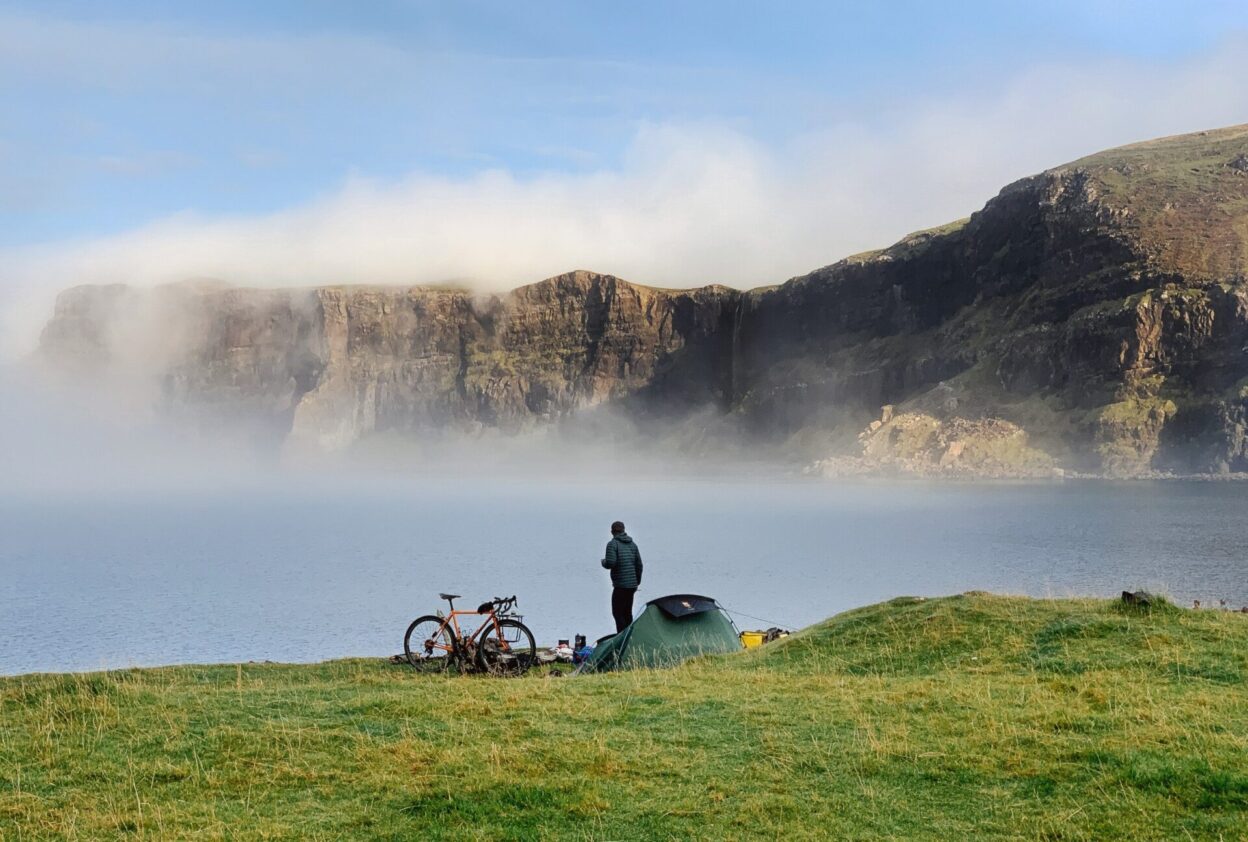
In the shadow of Ben Lawers to our east, we’re just metres below the pass above Lawers Dam in the southern Highlands. Having slogged our way up the switchbacks to make the pass before nightfall, a puncture had taken the decision of where to camp that night off our hands. This small clump of forest by the side of the road, would do just fine. Or so we thought.
At five thirty in the morning, trying to focus my bleary eyes on the decimation of the pine trees we’d been using as shelter, I question our decisions. With few words spoken, we hastily pack down the tent, stuff our bikepacking bags, and re-load our bikes before facing the frigid descent into the valley below.
Soon enough, the winding road puts distance between us and the roaring cluster of saws and falling trees behind us. The first rays of late summer sun creep over the ridge ahead of us as we follow the meandering asphalt into Glen Lyon, Scotland’s longest enclosed valley.
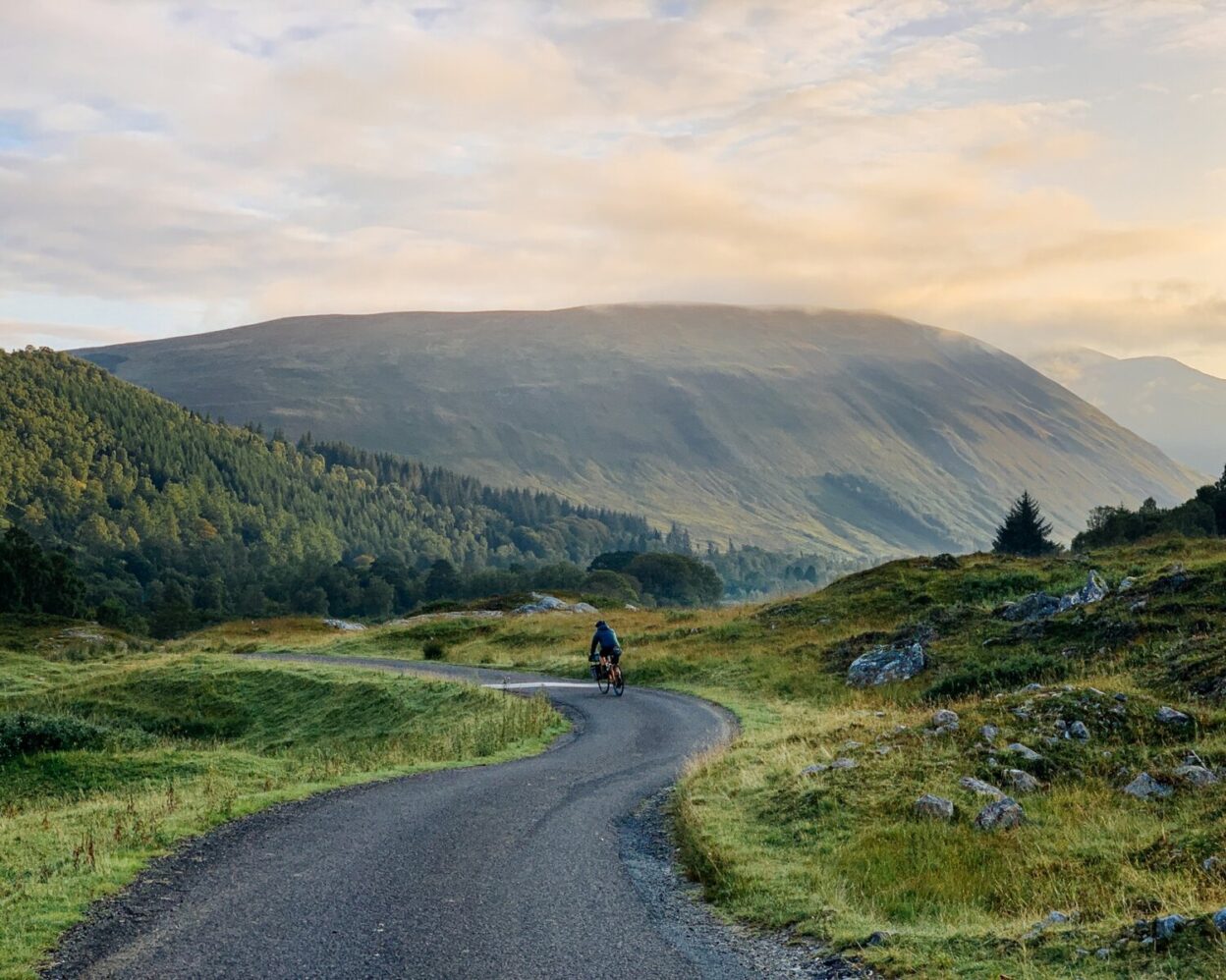
Measuring progression in terms of distance in this vast, bleak expanse of Rannoch Moor is soon impossible
Like all good escapes, this one started with a familiar routine: the furious bashing of laptop keys, the sending of partially completed emails and the relieved shutting of screens. This, followed by the inevitable agony over the order in which we loaded our bikes. For the next ten days we’d enjoy the sense of freedom that comes with self-sufficiency on two wheels, familiar to us both but desperately missed over recent months.
Nationally, right now – late summer 2020 – there was a calm in the Covid storm, and while something close to resembling normal life seemed to resume, we weren’t sure for how long.
Today, our only task would be to cross Rannoch Moor, a swathe of rock, heather, bracken and bog surrounded by peaks and lakes. The desolate landscape was once the heart of the last significant icefield in the UK. Today the ground is dry and dusty – if only on this gravelly single track path – and there’s barely a cloud in the sky.
Measuring progression in terms of distance in this vast, bleak expanse is soon impossible. The ever-changing scenery and constant stimulus of fast rolling valley roads, short steep passes and hard pack fire roads and forest tracks have been replaced by a single panorama. The going is slow and tough.
I stop to deflate my tyres in the hope it might ease the fizzing in my palms. With no shade from the sun, under the extra strain of climbing fully loaded, my temples pound. It’s late September and both my headache and the salt-stained t-shirt on my back are testament to our good fortune with the weather. I filter water from a trickling stream at the side of the trail, doing my best to absorb the grandeur of the landscape around us.
The steady, unrelenting gradient eventually slackens off, marking the summit of this exposed rocky byway. What looked to be a simple and fairly and quick crossing of Rannoch Moor has taken us almost to sunset. Now having reached the top, and restored with the energy of a fast and wide-open gravel descent, we fly through the long shadows of the surrounding Munros. The evening glow takes form as we pound our pedals across the densely packed forest tracks of the Corrour Estate, home to the UK’s highest and most remote railway station. Along the shores of Loch Ossian, our bikes fall back into rhythm; the sense of urgency courtesy of the changing light reignites our excitement for the task at hand.
The first days of any multi-day self-supported trip like this are always faced by uncertainty. How will my legs hold up? Have I packed the right kit? Is my bike mechanically sound? Later that day though, we’re sat in a pub on the outskirts of Fort William. As I wipe the creamy foam from a pint of Bellhaven Black from my top lip, my cheeks hot from sunlight and windburn, my thighs with a buzz from the day’s expenditure, it feels as though we’re settling into the tempo of the journey.
Lifting our bikes onto the small passenger ferry from Fort William across Loch Eli the following morning, the water is a sheet of mirrored glass; a perfect and undisturbed reflection of the mountains that surround us. Concerned more by the next available opportunity to fill out water bottles than we are of getting caught out by rain, we’re wary of our good fortune with the weather so far. Saltwater lochs and forests give way to wide open seascapes with views over the southern Hebrides as we continue west. We make our way past the Ardnamurchan peninsula, home to the UK mainland’s most westerly point. With a brief float in the impossibly clear waters, the silhouetted peaks of the Small Isles just a few miles across the water to our west, it’s hard to comprehend our location. Still firmly on the British mainland, we’ve not left the ground nor crossed any sea, yet the country around us is as beautiful and as isolated as anywhere we’ve been.
Here in Ardnamurchan, the tension and stress of life amidst a pandemic disperses and the residual lactic acid and fatigue from the previous days of riding drains into the ocean. We arrange camp, make fire and pour the first of several drams as we watch the sunset behind the silhouetted granite spires on the Isles of Rùm, Eigg and Muck. Skye’s Cuillin Ridge looms in the distance to our north, carving a jagged line across the horizon.
We’re packed up and on the road before dawn comes around. Pointing our bikes in the direction of the first ferry of the day to the Isle of Skye, we’re on our bikes well before daylight has broken.
In the dark, travel by bicycle feels almost ghost-like. Silent but for the gentle buzz of rubber on asphalt, few words are spoken as we glide undetected through the small settlements along our route. With enough motion to keep our bodies occupied, we quietly spin the pedals in the void of the pre-dawn light.
From Skye, our plan had been to make our way back to the mainland, the famous switchbacks of Bealach na Bà that we figured was sure to provide one of the trip’s highlights. As we watched another sun fall behind distant mountains of the Isle of Harris, the decision to hop another ferry required little discussion.
Scotland in September was undoubtedly a game of weather roulette. Touring on bikes with a view only to wild camp, we’d be exposed to whatever the weather threw at us. Fully aware of what we were signing up for, we made our peace with what lay ahead the best we could. The following afternoon as we climb Quiraing pass to dissect the north of the island, we’re reminded of the volatility of conditions in the North Atlantic.
Clouds gather at a rapid pace as we board our ferry. The islands which once looked so close and inviting now sit behind a curtain of rain and mist. The wind starts to blow and whitecaps cut across the open ocean ahead of us. Apprehensively, I make the feeble justification that in these conditions, at least we’ll see the real Scotland.
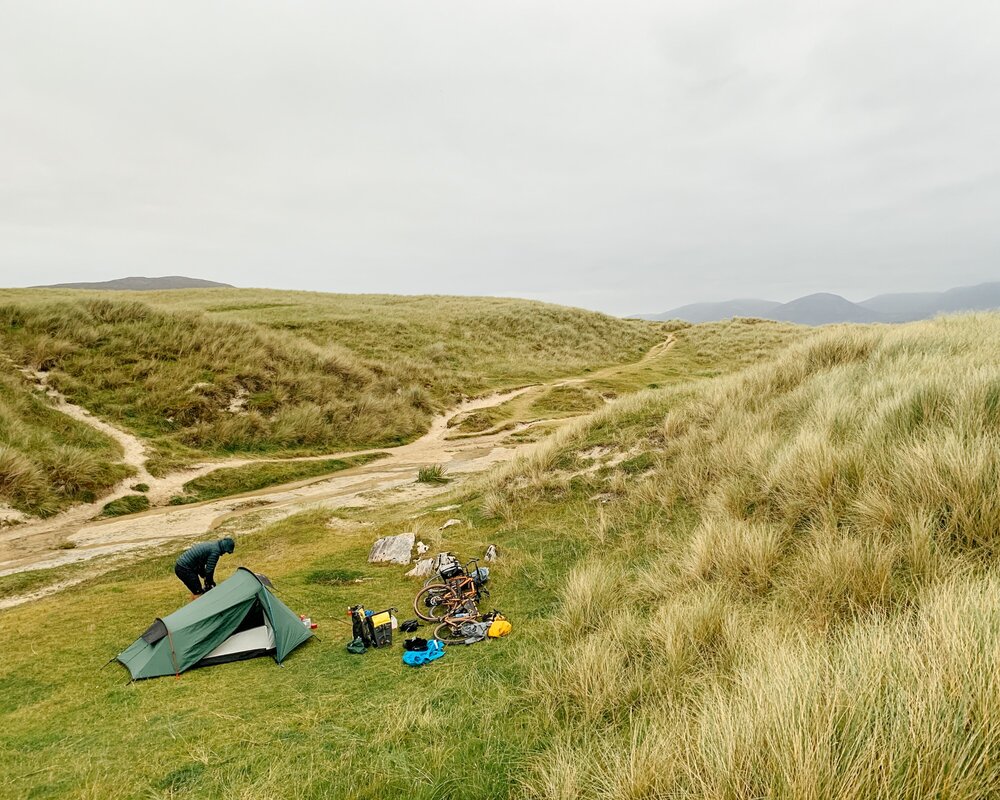
We arrive in Tarbert on the Isle of Harris in pitch darkness with no sign of open pub or hostel for the night. We battle a 45mph headwind over a short pass to find a spot to camp at Luskentyre on Harris’s western shores, riding in all our available layers, pitching our camp in the dunes behind the beach by bicycle lights and head torch.
When we rise in the morning, we feel as exposed and remote as our location suggestions. Clouds grasp the peaks across the water in front of us while on the cold sand at our feet, waves break in the stiff offshore wind. The forecast for the day is for gusts of over 50mph with drizzle turning to heavy rain by the evening. We get together a route with the aim of keeping it short, remaining as warm and dry as possible, arranging shelter in Stornoway for the end of the day. The defined tan lines on our knees and ankles are now the only reminder of the blue skies of the previous days.
Packing my kit in the brisk wind, I’m slapped with a sense of anticlimax and inertia. Although our route never followed a firm or specific plan, at some level this is the geographical materialisation of what we’d been aiming for. Now, with the weather turning on us, the fatigue of the last 650kms sat heavy in my legs, combined with a cold that was fast settling into my bones. Keeping moving today would mean digging deep.
It would be years before either one of us would find ourselves stepping foot on these islands again, and it felt important, almost as if we owed it to the trip itself to maximise our time here, despite the weather. The neolithic stone circle at Callainish is believed to have been established between 2900 and 2600 BC. Just finding this place was enough drive for today’s pedalling, we agreed.
With constant positional micro-adjustments to maintain posture in the wind, high over our heads a golden eagle escorts us as we battle the headwind to make it to the stones. The out and back is less satisfying than the riding we had in mind, but the stones provided us with the target we needed.
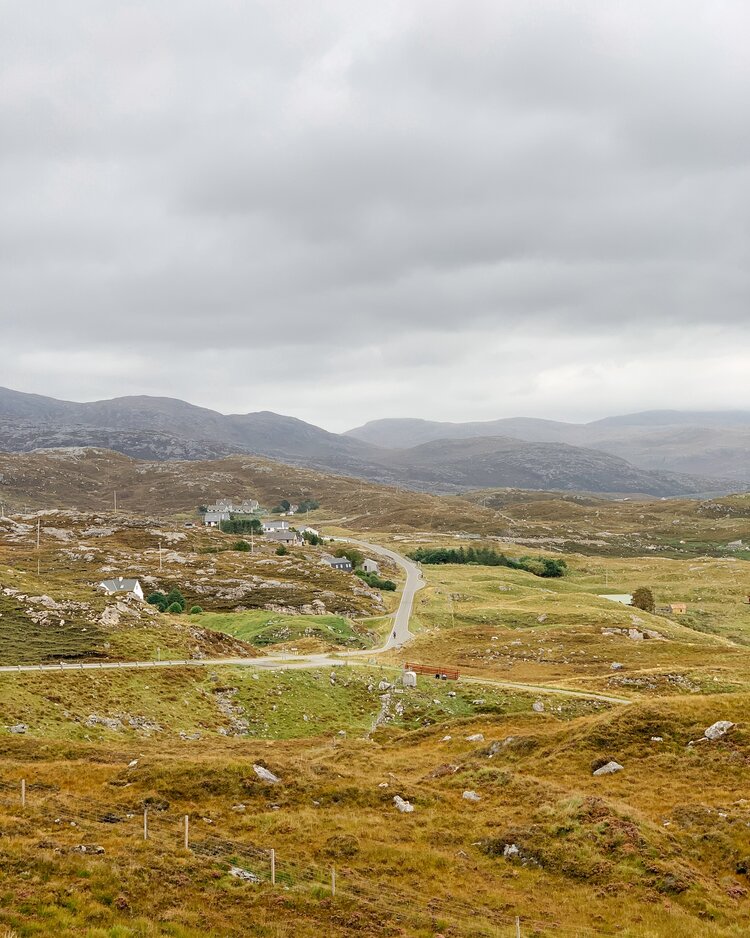
The process of touring self-supported holds a time-warping quality. Long days pass slowly, yet weeks go by fast
We find ourselves holed up in a small bar in Stornoway that evening where a TV in the corner relays local news of another imminent lockdown. Much of the bar speaks Gaelic between one another. Although welcomed, we’re a little embarrassed to be the only non-locals in the pub, and find ourselves lowering the volume of our conversation.
On the return ferry to Ullapool, we meet self-supported world circumnavigation record holder Jenny Graham. Having been filming a documentary on the Outer Hebrides, she’s riding home back across Scotland and tips us off with a pie shop recommendation up the road. From Ullapool, we join the now famous North Coast 500, a circular touring route based around some of the most impressive landscapes the country has to offer. While elevation gain has been a major part of every day so far, today’s profile looks like the serrated edge of a lumberjack’s saw as we head north towards Cape Wrath, the northwestern extremity of the British mainland.
Along the north coast, the road flattens out. We fly through Caithness with a howling tailwind towards Scotland’s north eastern tip, and our final destination. Our heads buried beneath buffs and beanies, we shelter against the wall of the John O’Groats micro brewery, facing the carpark rather than the short stretch of wild open sea between us and the Orkney Islands; such is the weather on the exposed north western tip of Scotland. Using the corner of a small stone wall, we pop the caps of a couple of beers to toast the journey.
Our journey concludes at Wick, where the following morning we’ll commence the first leg of our long, arduous journey back to southern England. Signing off the journey in true dirtbag fashion, we opt for the simplest option for our final night of ‘wild camping’. Filling ourselves with enough whisky to fend off the cold and keep our eyes firmly shut under the stark orange lighting, we lay out our sleeping bags on the station platform. Waking only as our train pulls into the station, for the final time we pack down our kit and load our bikes.
The process of touring self-supported – on bikes, on skis, on foot or otherwise – seems to hold an almost time-warping quality. Long days pass incredibly slowly, yet simultaneously deceptively fast. Two-day trips often feel far longer, while month long epics soon feel dream-like, as if in fact perhaps they never really happened. Now having tipped the 1000km mark, we struggle to distinguish individual days from one another and recall exactly where our journey had taken us.
Or perhaps that’s just the whisky.
Don’t miss a single adventure
Sign up to our free newsletter and get a weekly BASE hit to your inbox
Other posts by this author
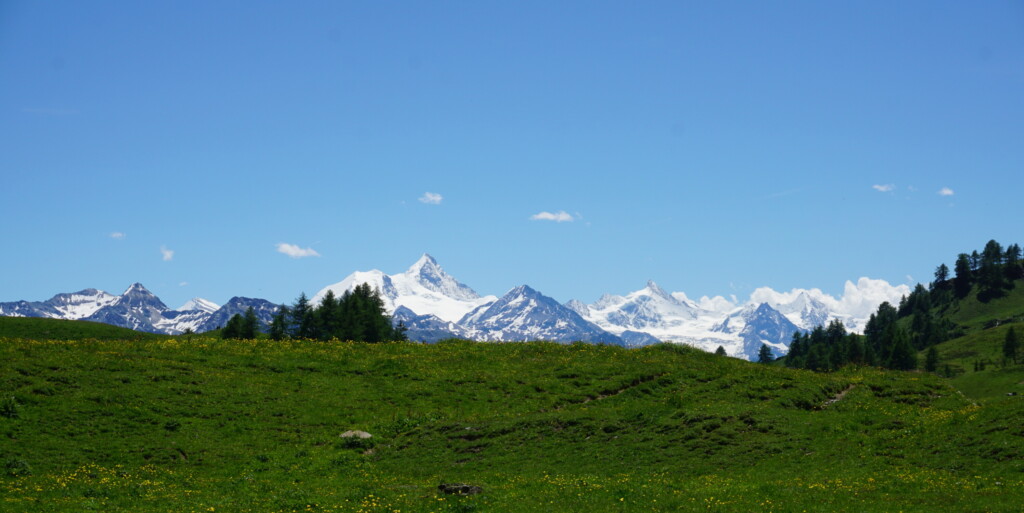
Story • Chris Hunt • Jul 04, 2023
Evolution of Flow: E-mountain Biking in the Swiss Alps
Exploring Crans Montana and the Tièche valley on two wheels
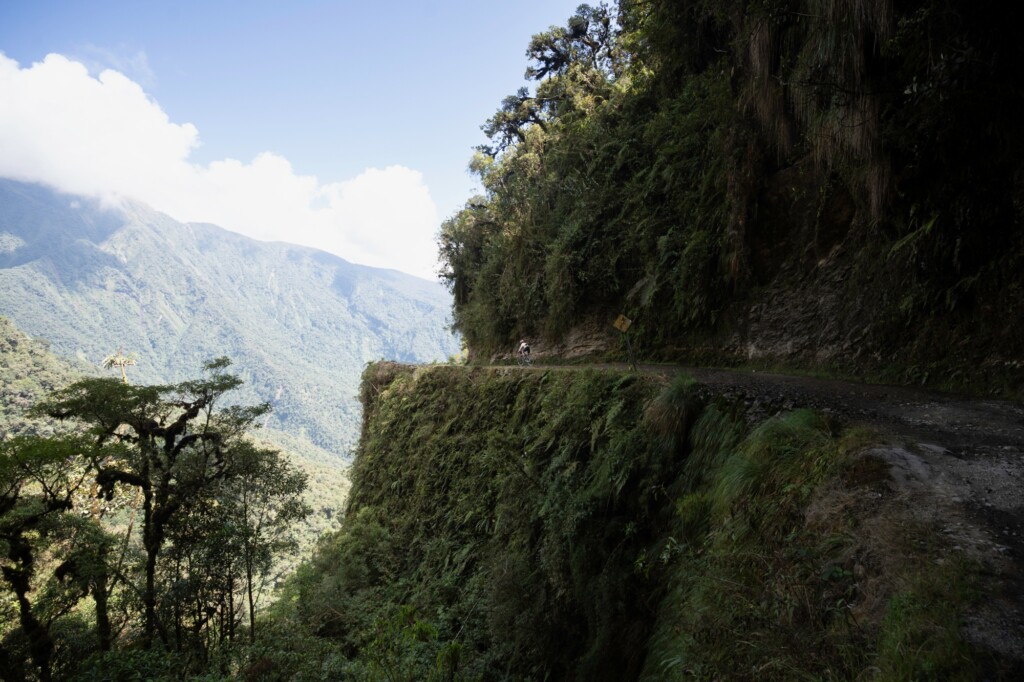
Story • Chris Hunt • May 05, 2023
Life-affirming discoveries near Bolivia’s Death Road
Sami Sauri explores the winding gravel tracks of the Yungas surrounding La Paz, Bolivia

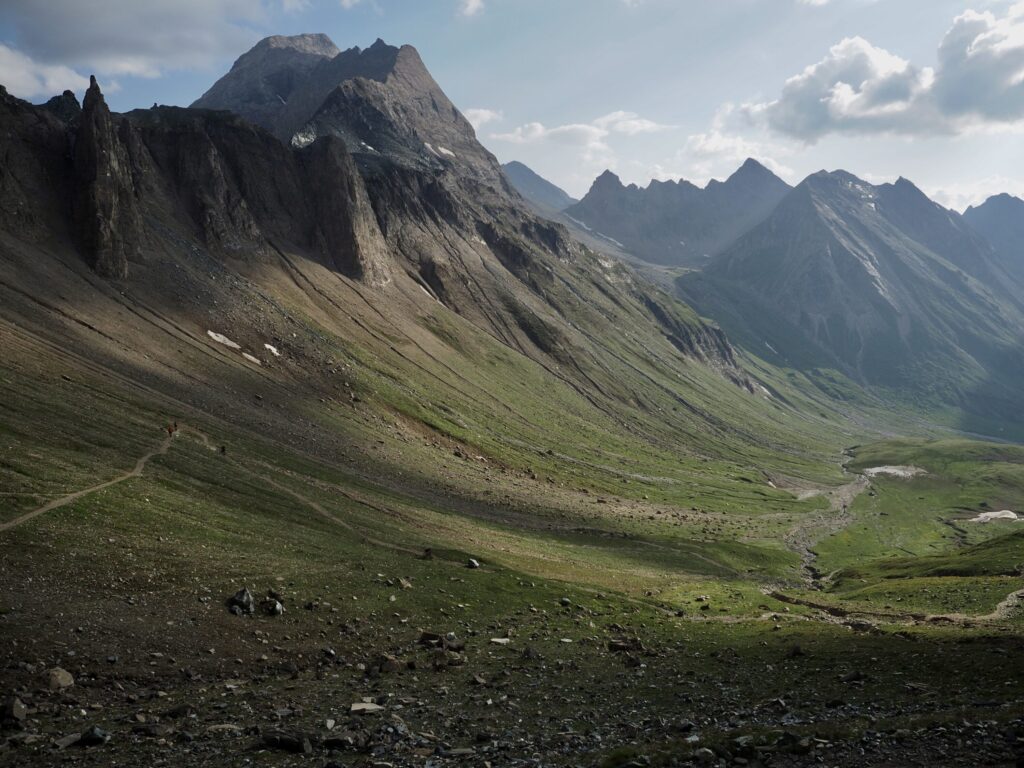
Story • Chris Hunt • Feb 09, 2023
Throat of The Dog: Bikepacking the Zillertal Alps
A 175km traverse of the mountainous spine between Italy and Austria
You might also like
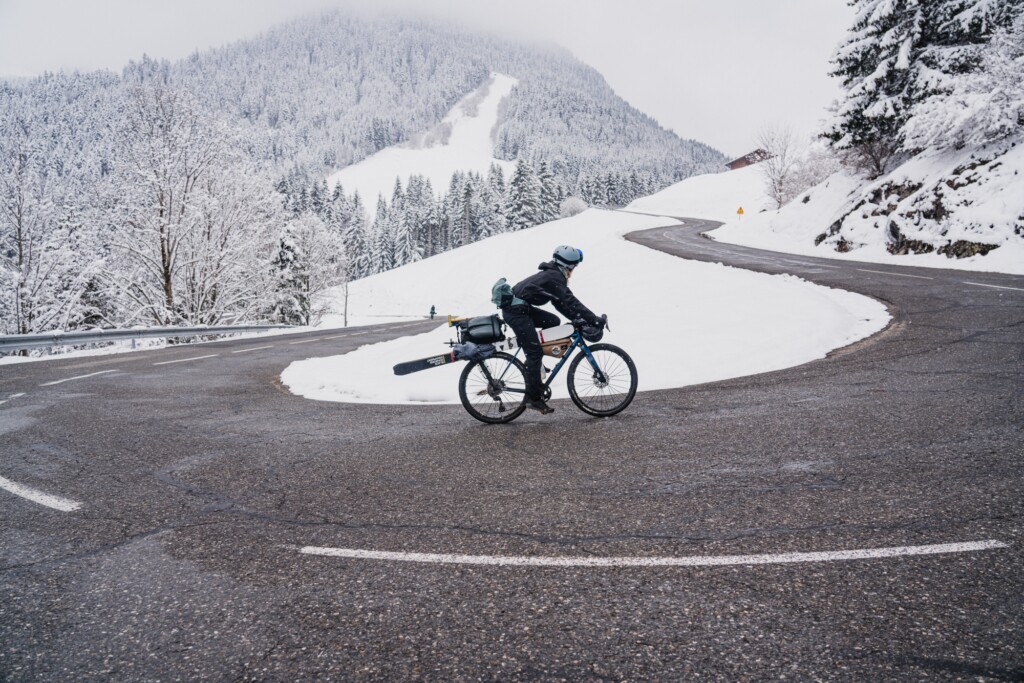
Story • Gaby Thompson • Jun 26, 2023
Bike. SKi. Fondue. Repeat
A backyard adventure with close friends in the French Alps

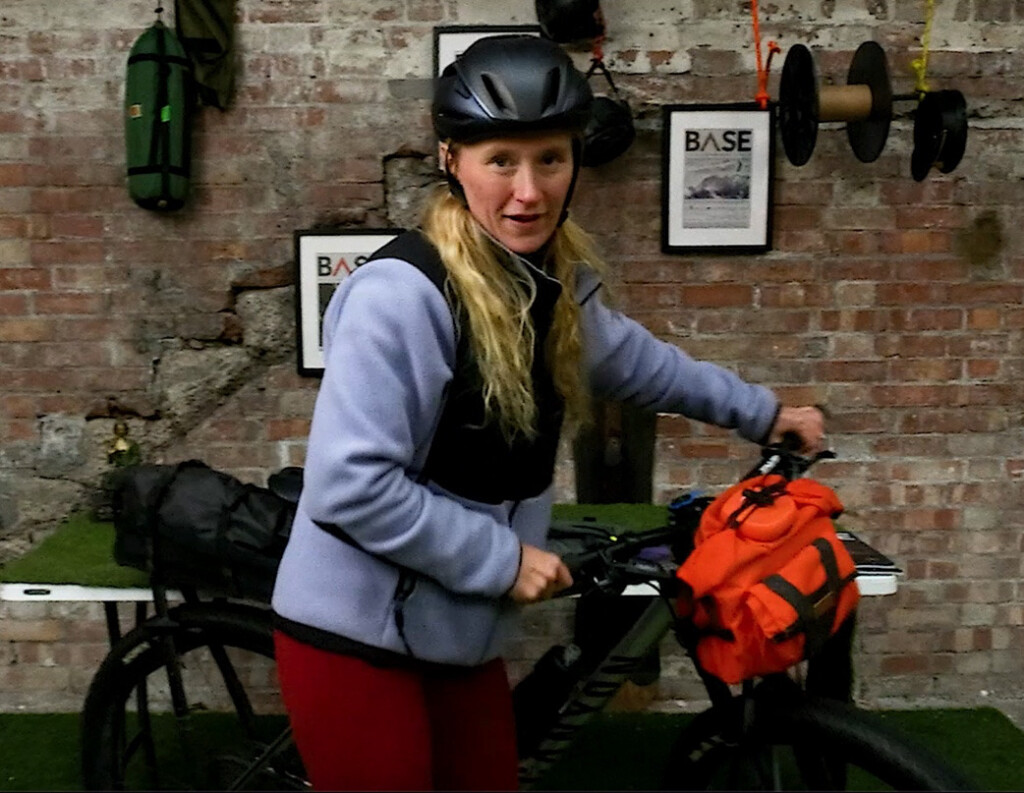
Video • BASE editorial team • May 26, 2023
Top Five Bikepacking Essentials Every Rider Needs To Know About
Don't leave home without these must-have bits of bikepacking kit
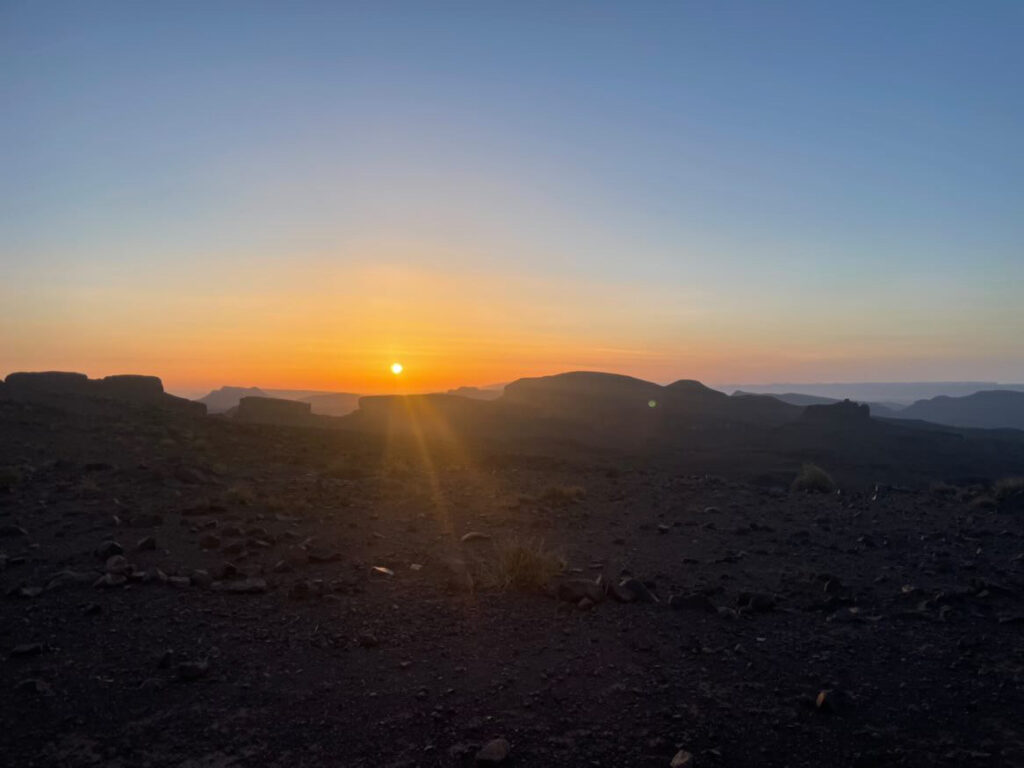
Story • Charlie Bell • Apr 06, 2023
The Highs and Lows of Cycling 1300km Through The Atlas Mountains
The Atlas Mountain Race is a brutal bikepacking race across Morocco's sand-strewn deserts and snow-capped mountains

